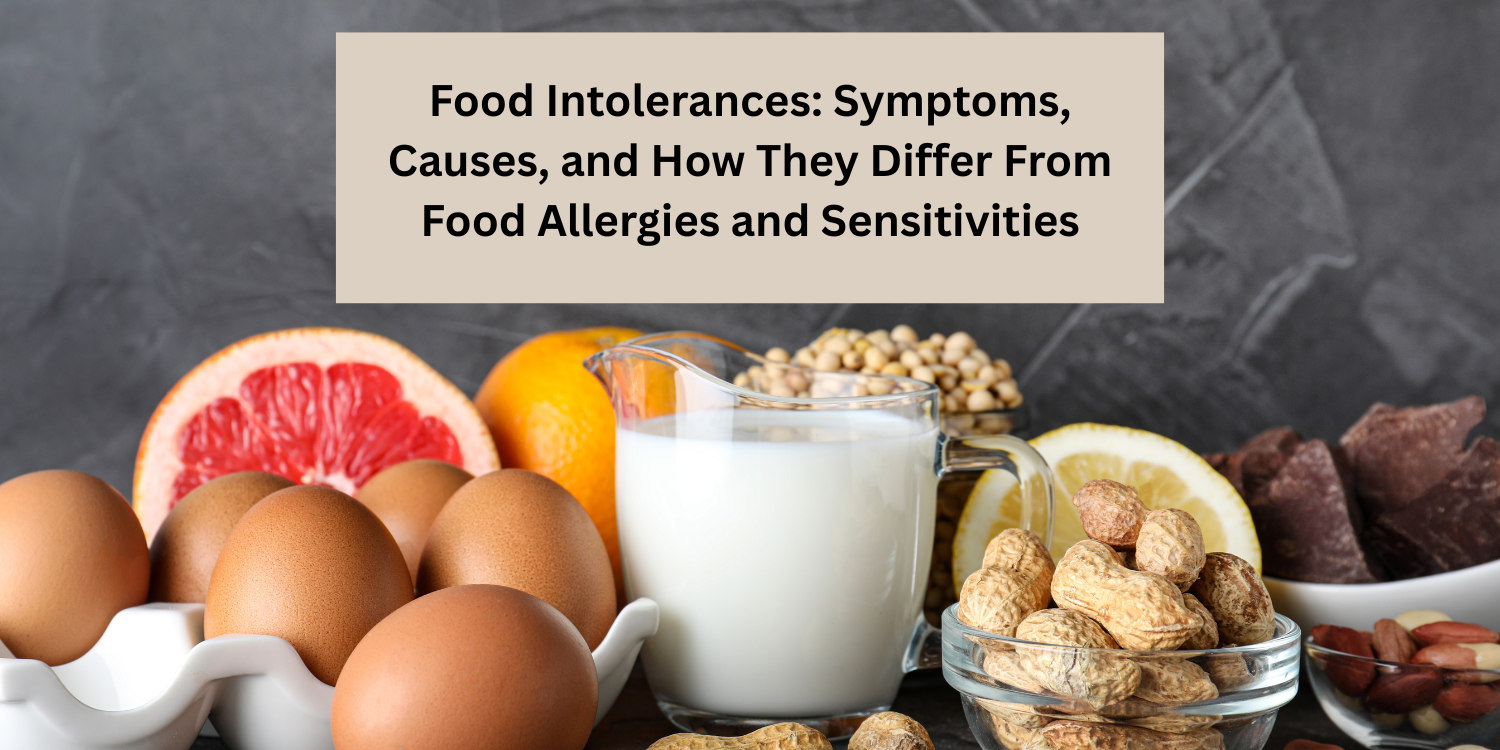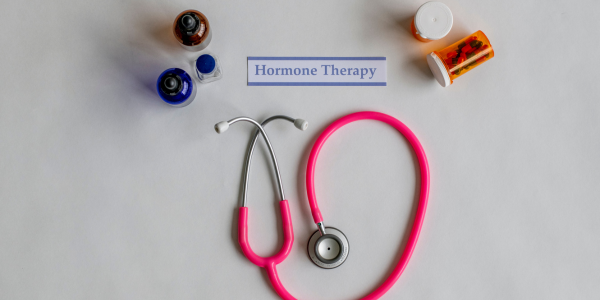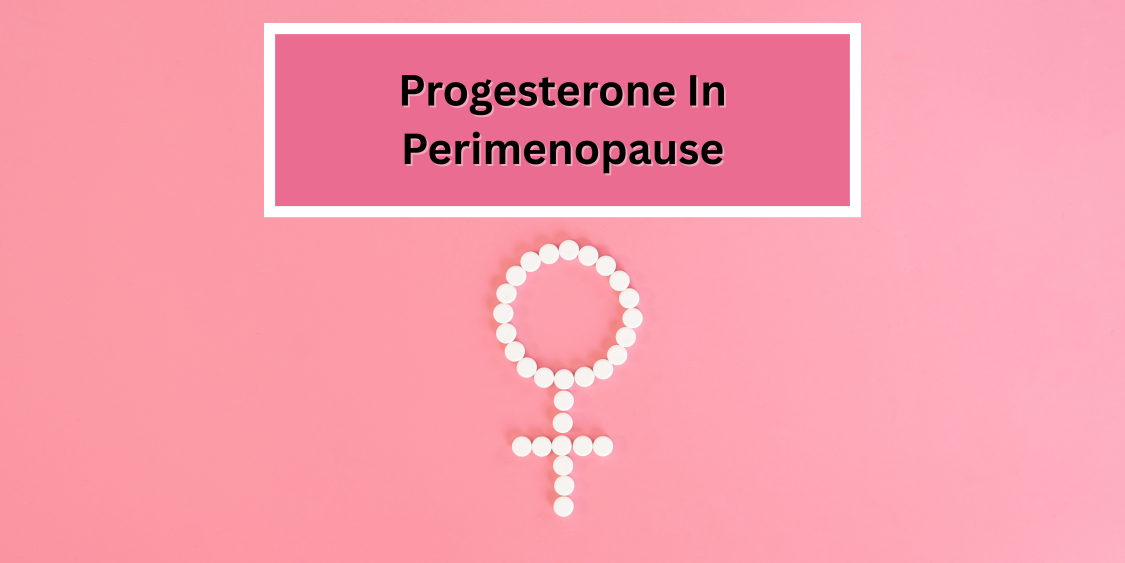

Hi. I’m Dr. Emily Parke with your Functional Health Minute. Today I’d like to talk to you about female hormones and how to properly evaluate female hormones.
We all know that females have estrogen, and we typically think of estrogen as the hormone that makes women women and testosterone as the hormone that makes men men. But, women actually have a variety of hormones floating around and estrogen is just one of them. Estrogen is a general term for many different forms of the hormones.
3 Forms of Estrogen
There’s three main forms of estrogen. There’s estrone, estradiol and estriol, but women also have progesterone floating around. And in addition to progesterone, we also have some testosterone. Obviously not as much as a male would have, but we do have some testosterone floating around.
And of course, women of menstruating age, we also go through cycles of hormones. So our hormone levels aren’t exactly the same every single day and that’s obviously why we go through a menstrual cycle. In the first half of the cycle, you’re growing a follicle, meaning you’re getting ready to ovulate and then you ovulate. And then of course after ovulation, you don’t get pregnant, and your follicle is degrading and building your uterine lining and waiting for your next period to come.
But, in postmenopausal women, hormones are pretty stable. Obviously because the estrogen and progesterone and testosterone levels have all dropped and in a post menopausal woman it’s very common to not have any estrogen floating around anymore, which is what people think of when hot flashes and symptoms like that occur.
Evaluating Female Sex Hormones
To properly evaluate female sex hormones, we, at the very least in the blood, want to get estrogen levels. We want at the very least get an estradiol, a progesterone, a free and total testosterone, and what’s called sex hormone binding globulin. Sex hormone binding globulin is exactly what it sounds like. It binds up some of the sex hormone that’s floating around, but just because it’s bound, doesn’t mean it’s doing nothing. It actually does have some biological activity still, but it’s not as strong or active as the free hormones that are floating around.
In addition, you also want to look at things like FSH, follicle stimulating hormone and LH, luteinizing hormone. And especially in a premenopausal woman, who’s still going through their period cycles, and really especially if you’re looking at fertility, as in a woman’s ability to still be able to produce a healthy follicle, ovulate, and get pregnant. And there’s also another level called AMH, Anti-Mullerian hormone, that you can use to evaluate an estimate of ovarian reserve, meaning about how many good follicles or eggs does a woman have left.
So, I hope this helps shed some light on female sex hormones and how to test for them properly. I’m Dr. Emily Parke with Your Health Minute for today.
Share:
Social Media
Most Popular Posts



Testosterone Replacement In Menopause

Progesterone Therapy In Perimenopause
Subscribe To Our Newsletter
Related Posts

Did you know there’s a difference between food allergies, sensitivities, and intolerances?
Did you know that there’s a difference between food allergies, food sensitivities and food intolerances? Food allergies, the reactions tend to happen pretty immediately and

Food Intolerances: Symptoms, Causes, and How They Differ From Food Allergies and Sensitivities
Eating a wide variety of whole foods is a key way to ensure a nutrient-rich diet full of vitamins and minerals. But what happens when

Testosterone Replacement In Menopause
What about adding testosterone replacement for women on hormone replacement therapy? Well, it can be really, really helpful for energy, libido, body composition changes. When

Progesterone Therapy In Perimenopause
What about progesterone therapy in menopause? So if you are on hormone replacement therapy with estrogen and you have a uterus, meaning you have not
